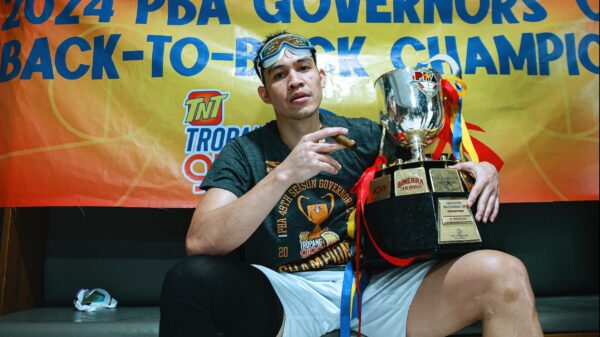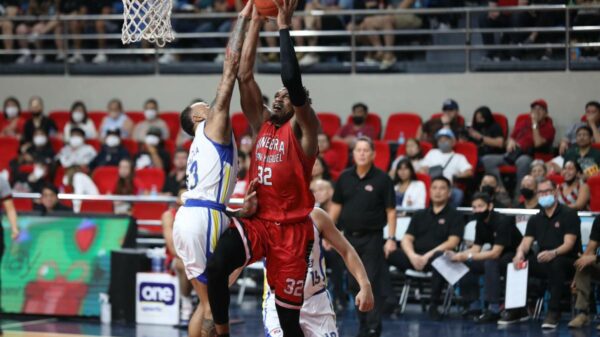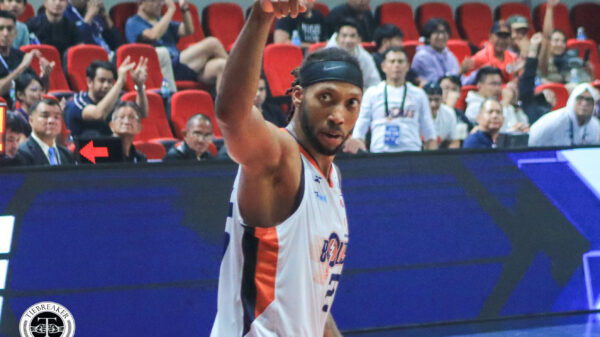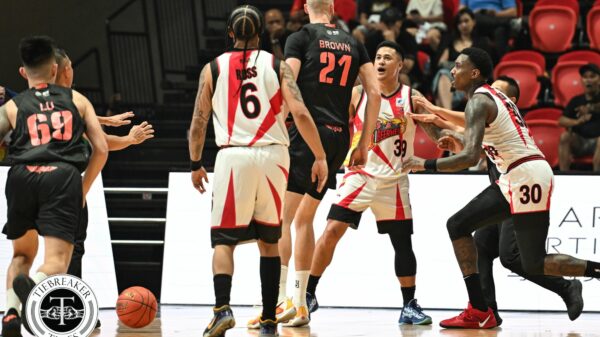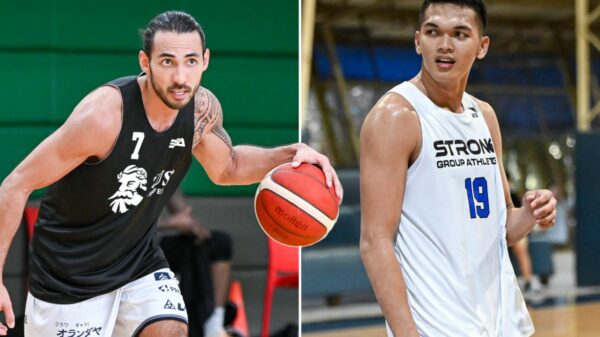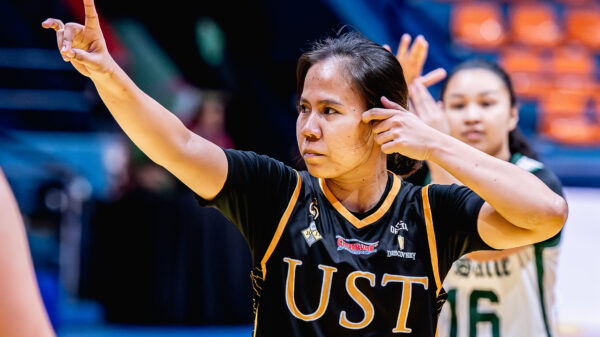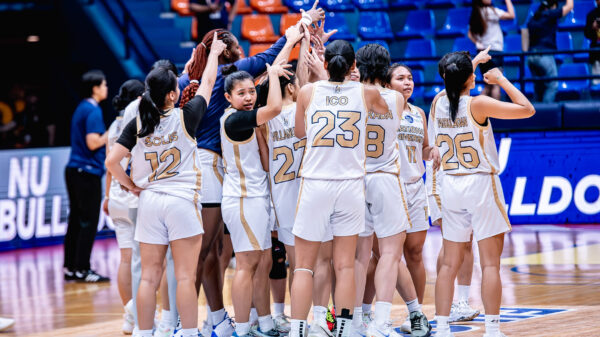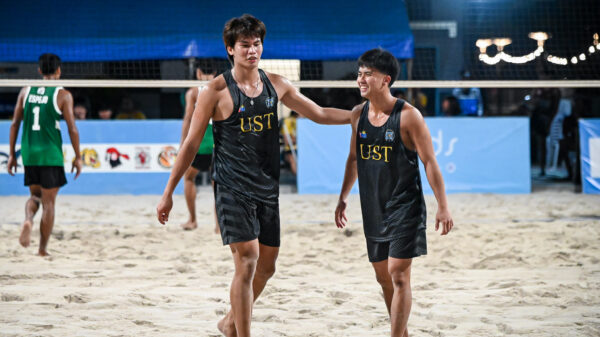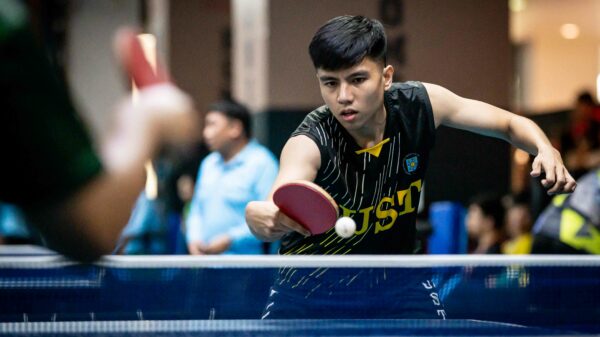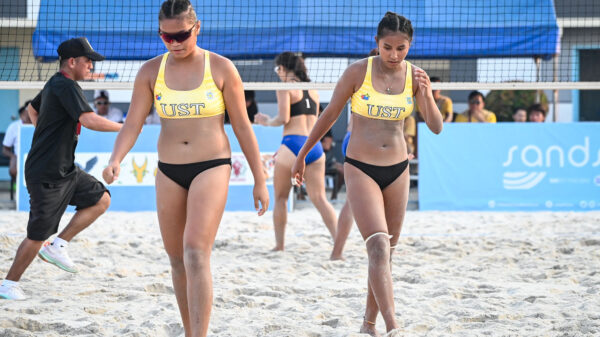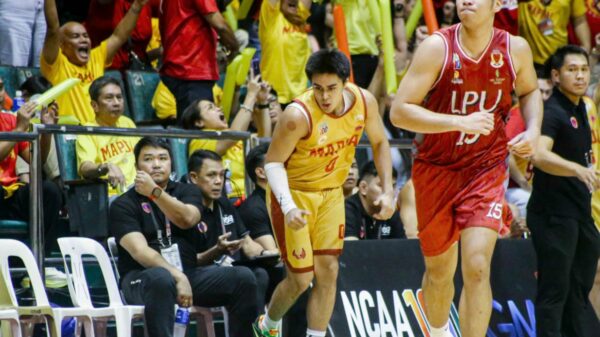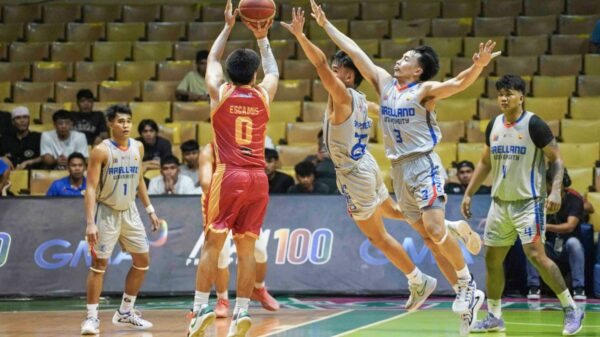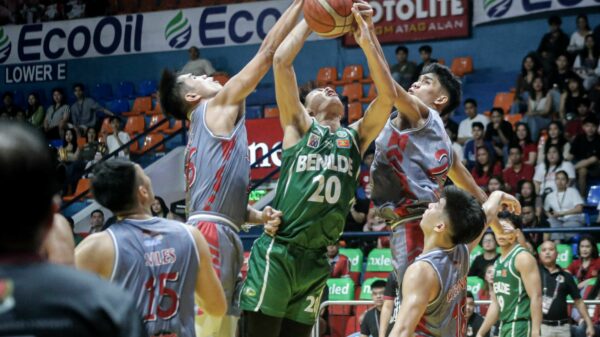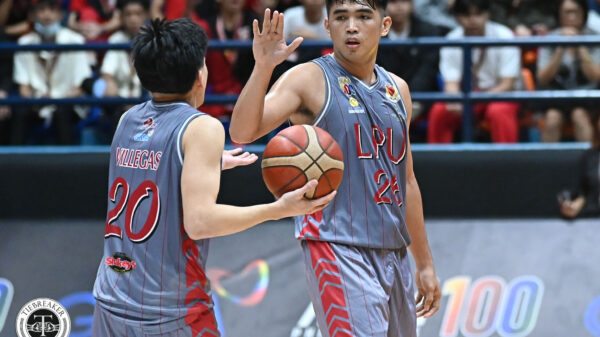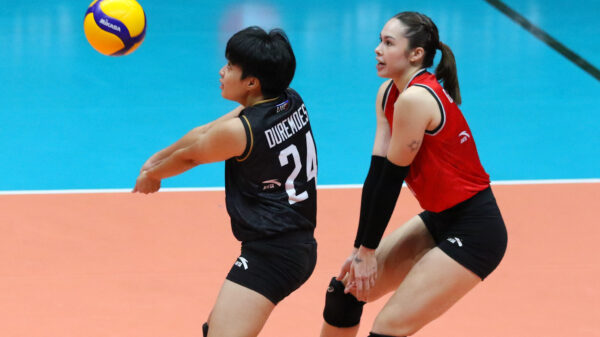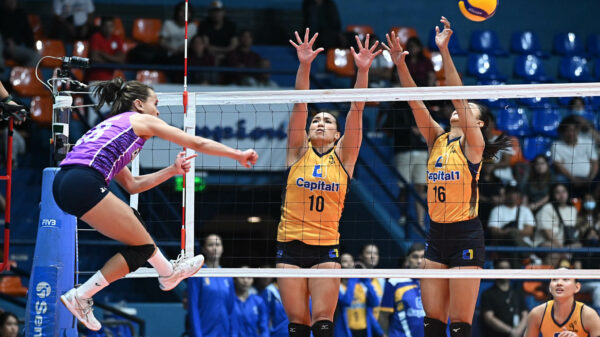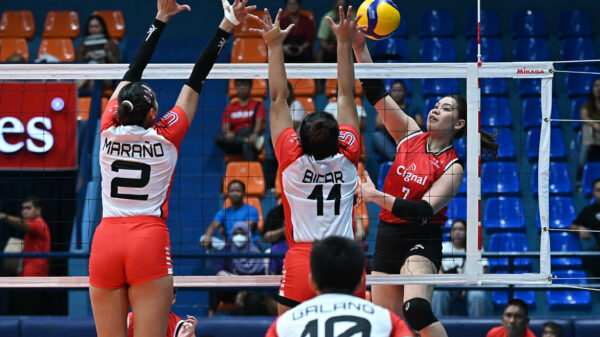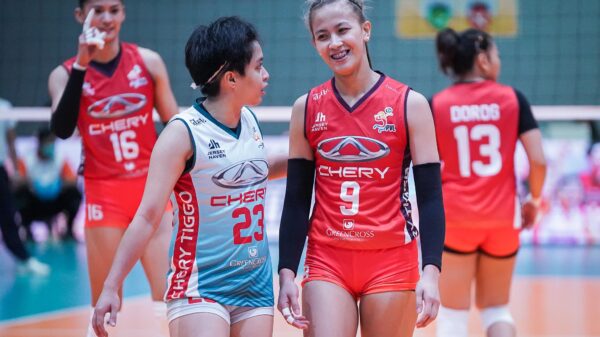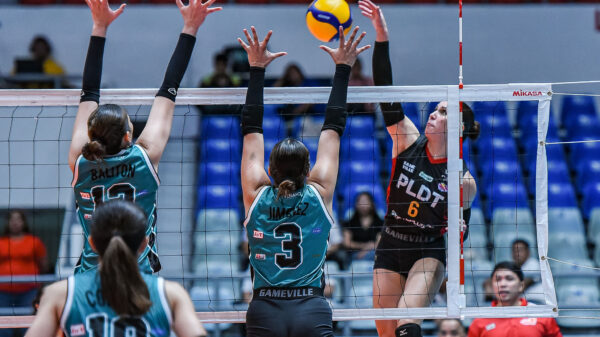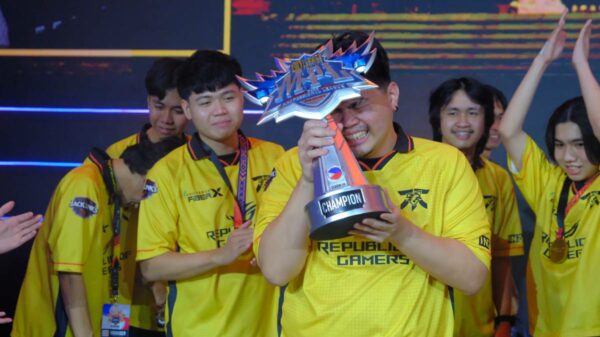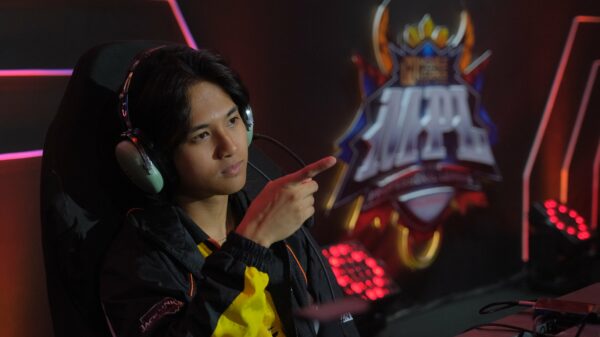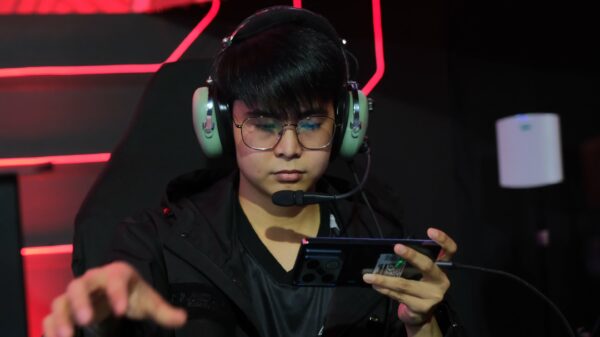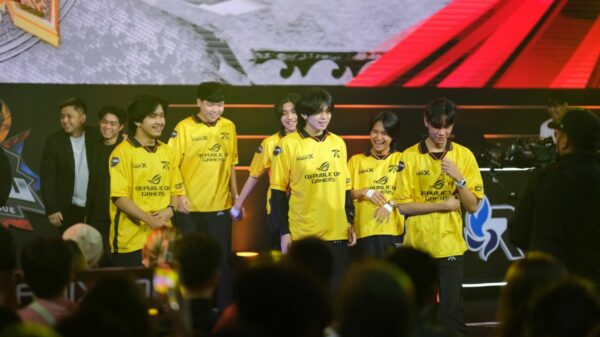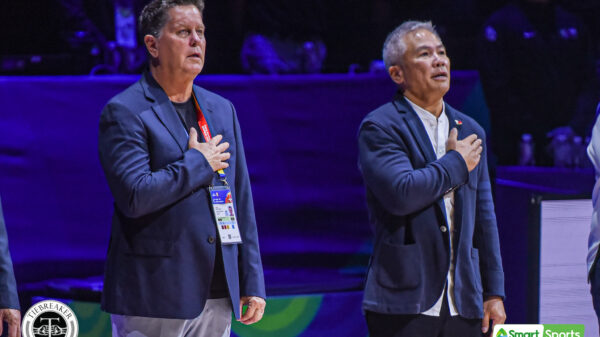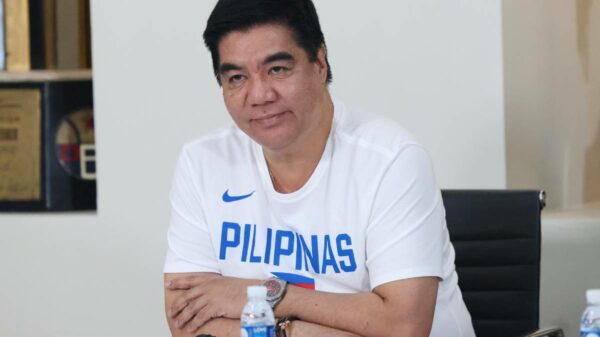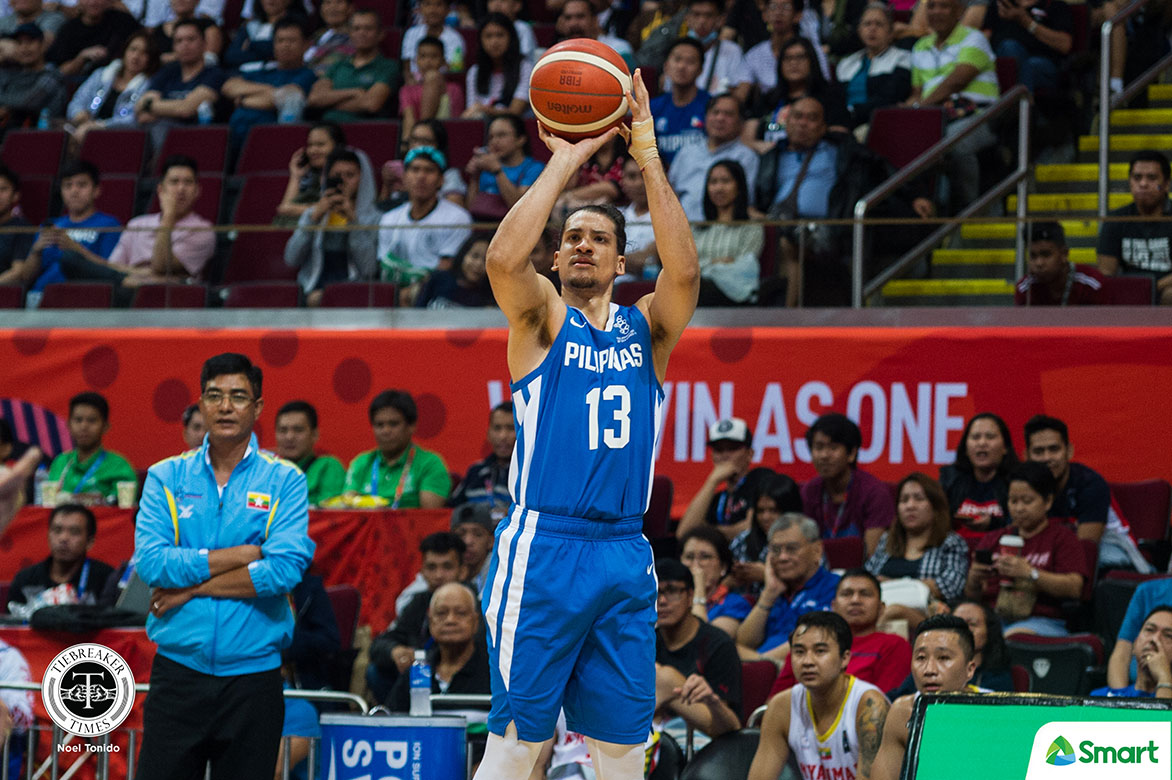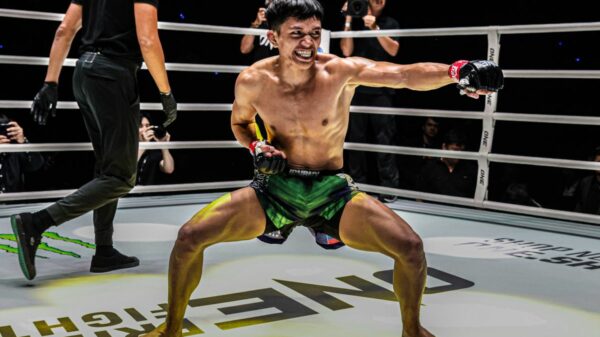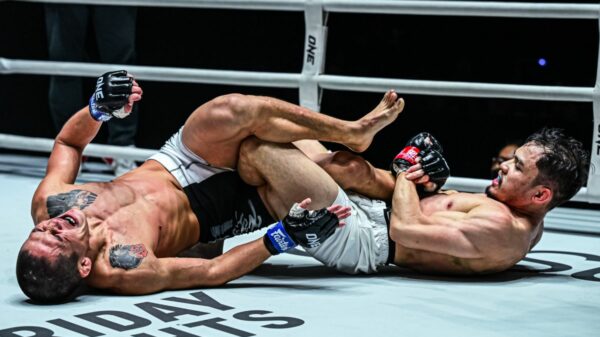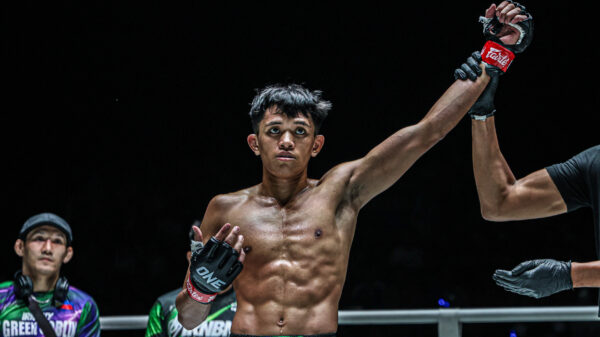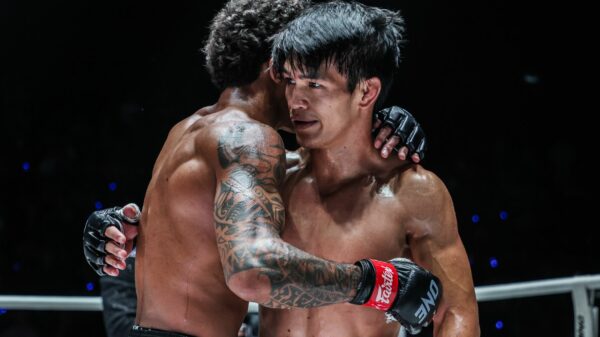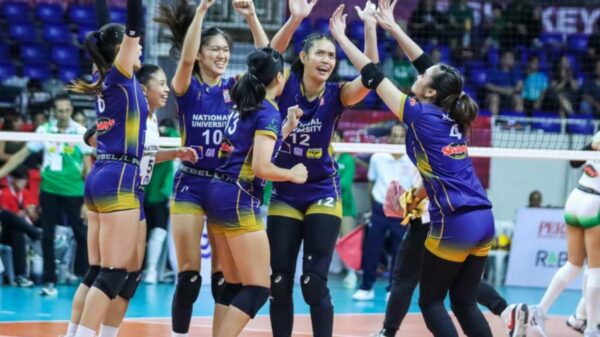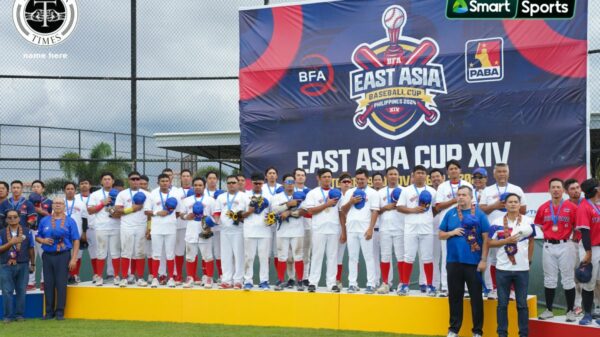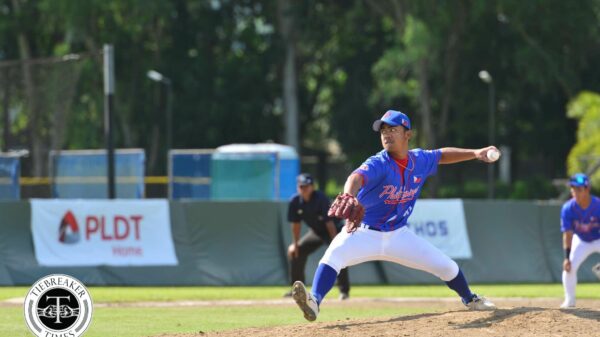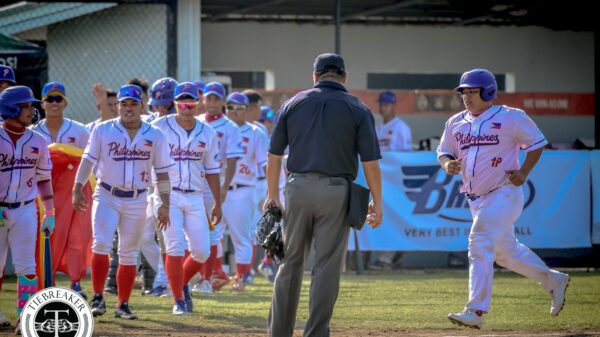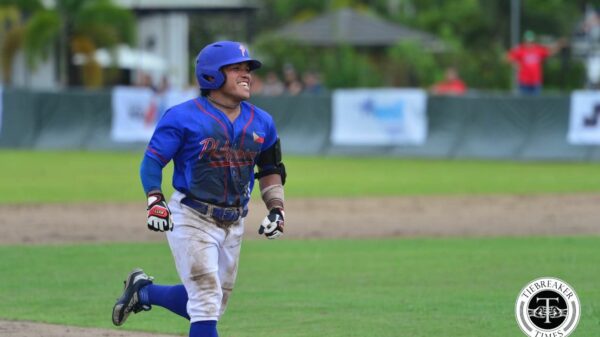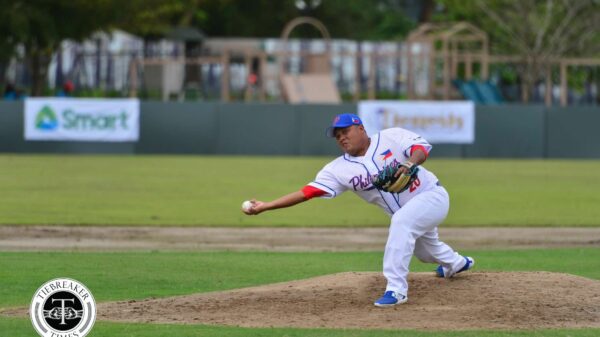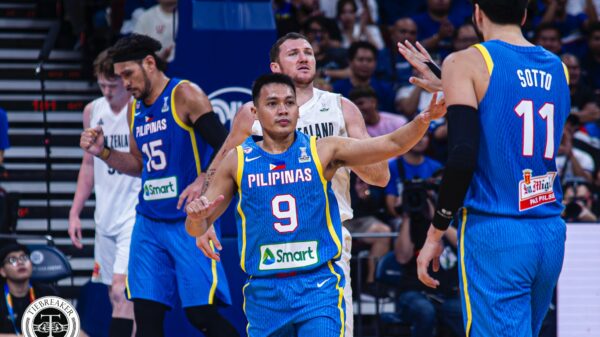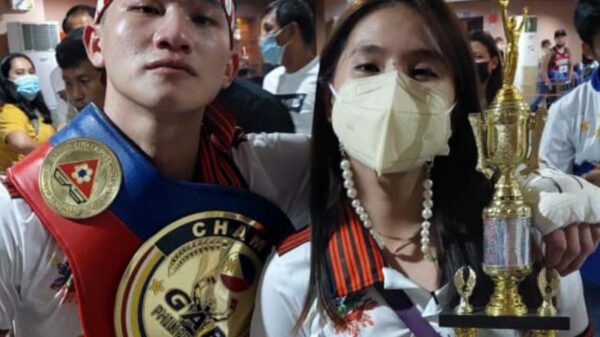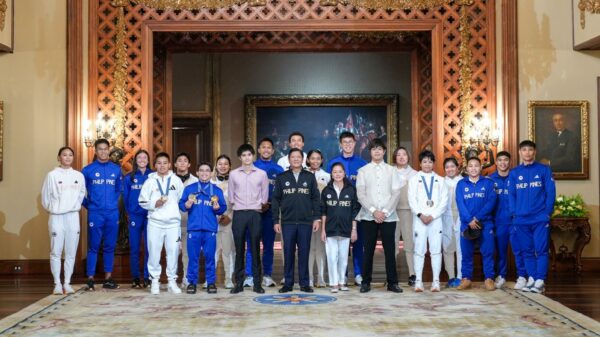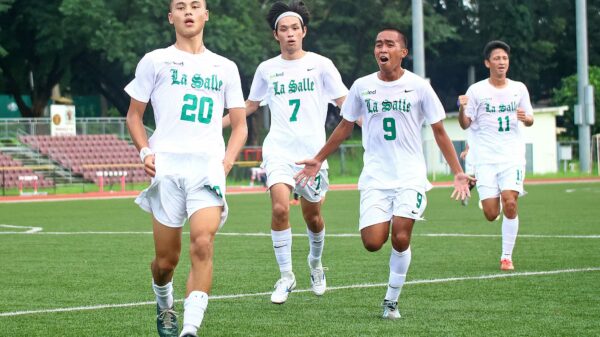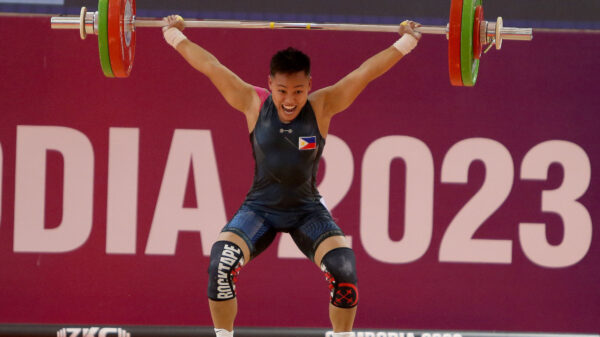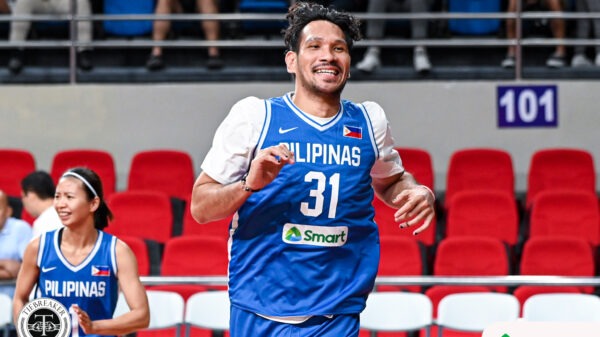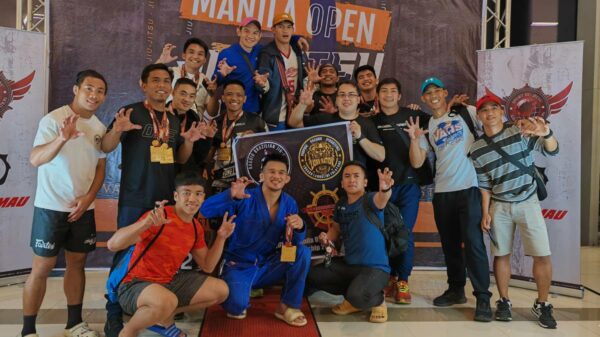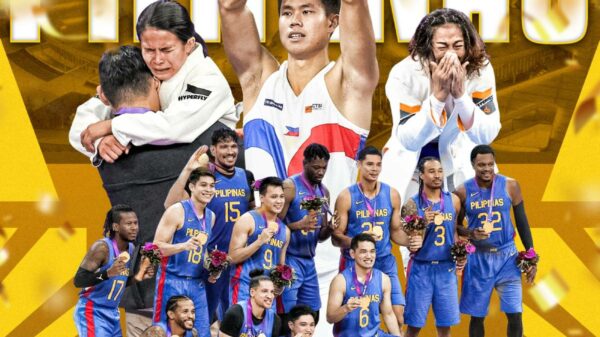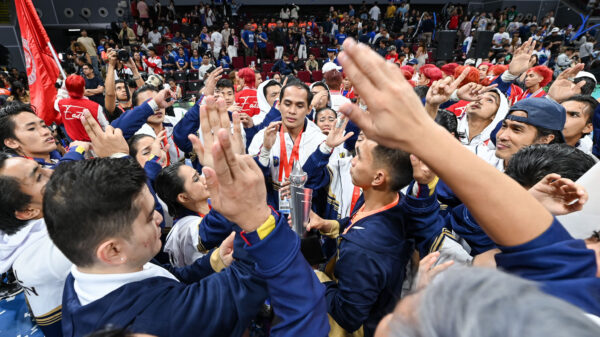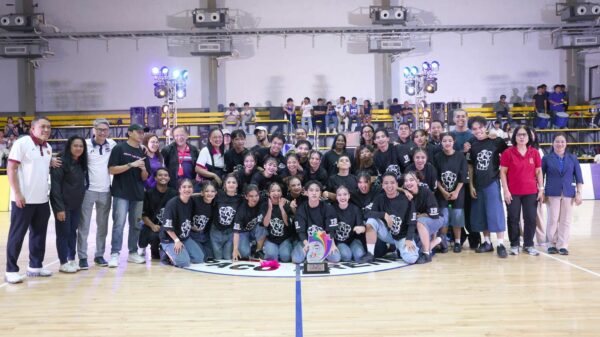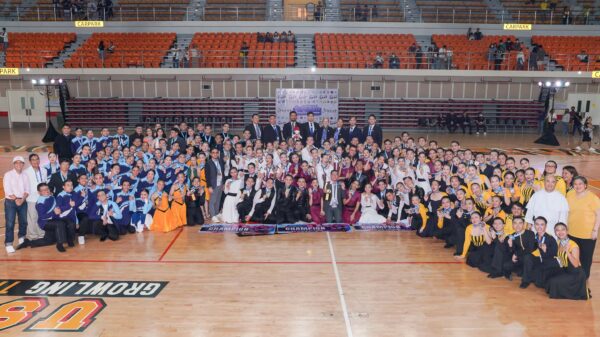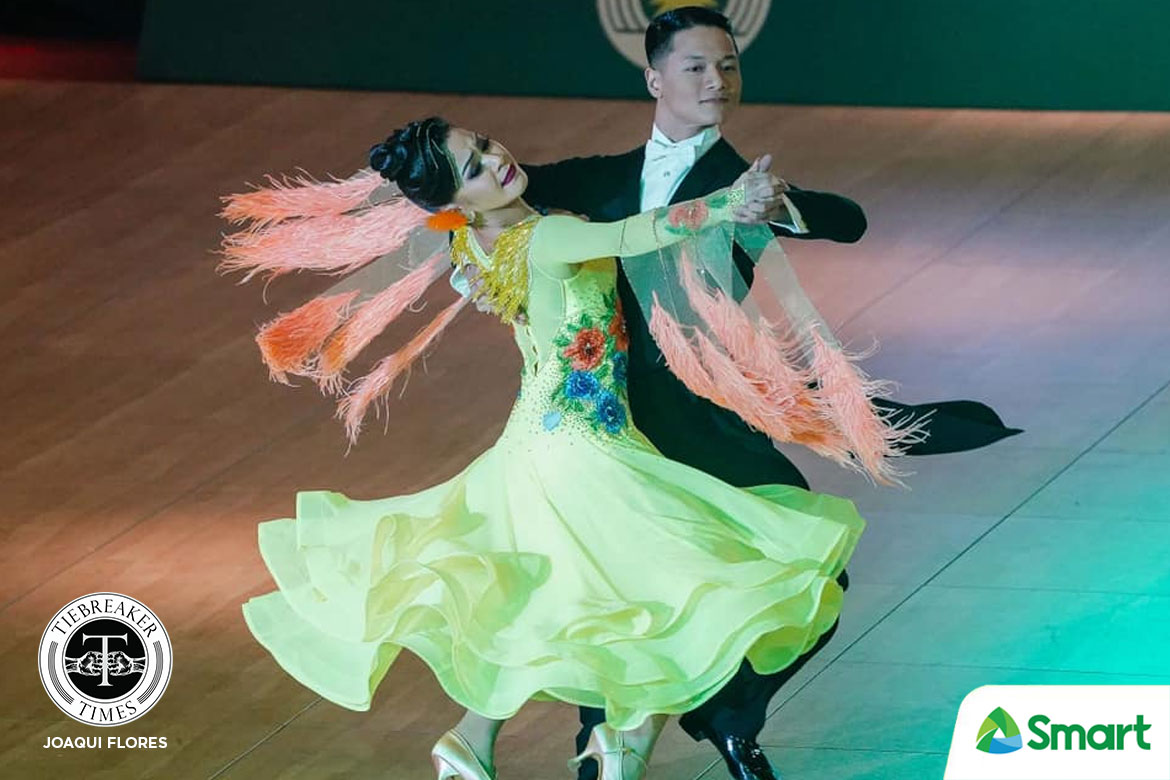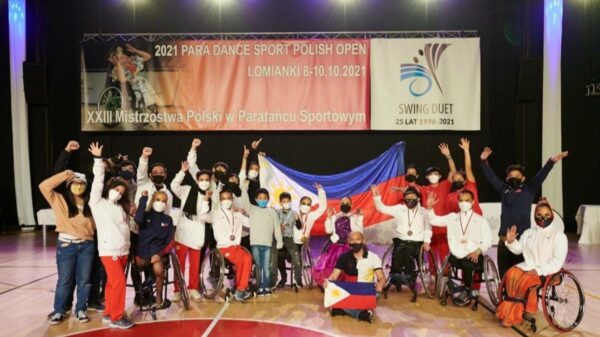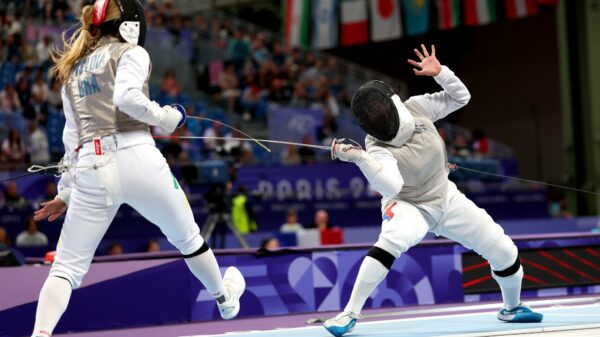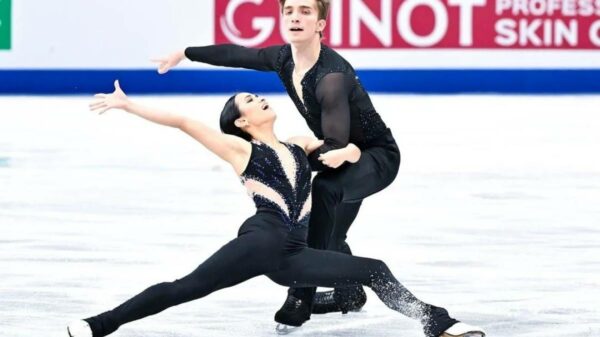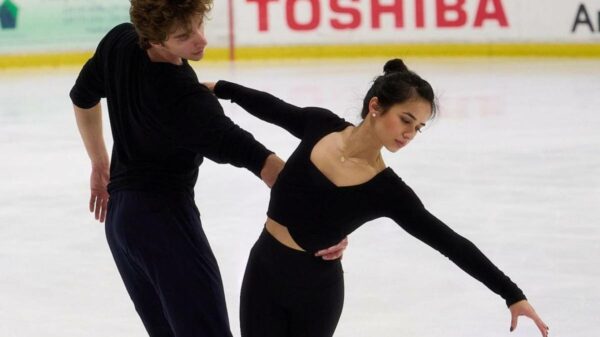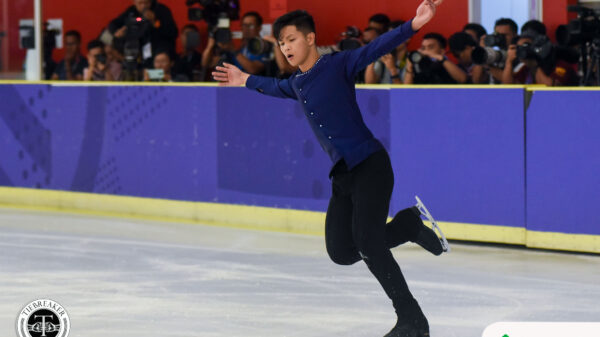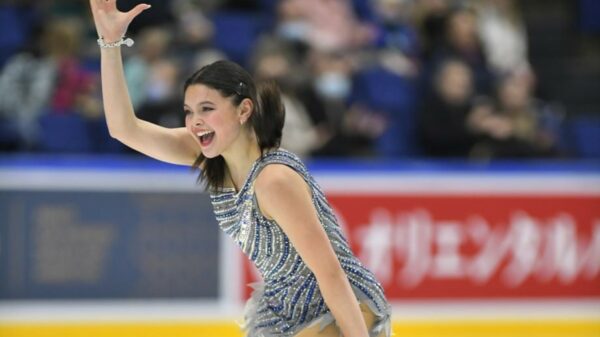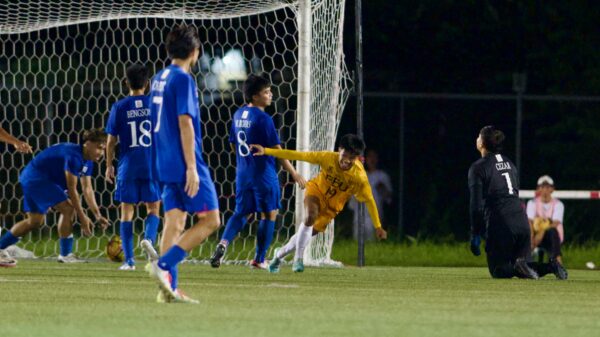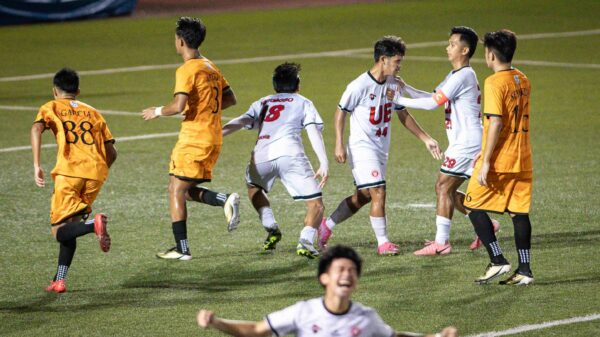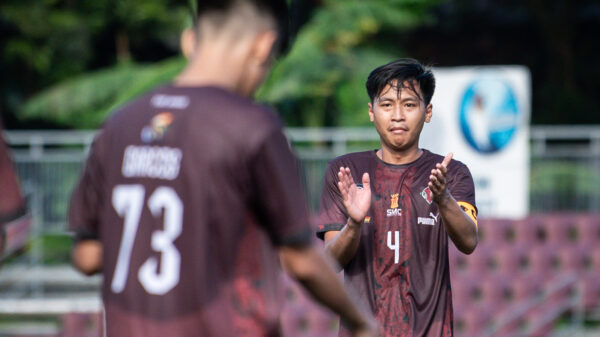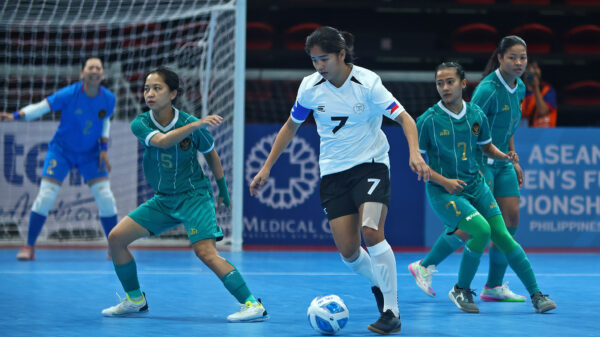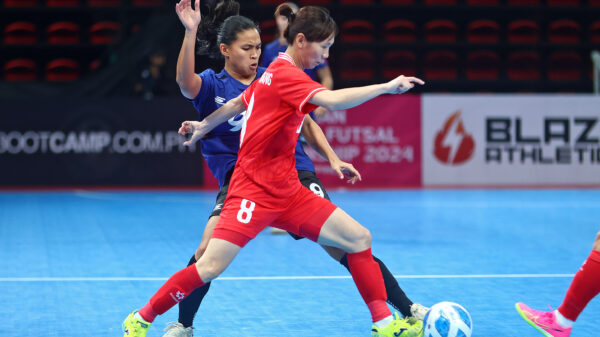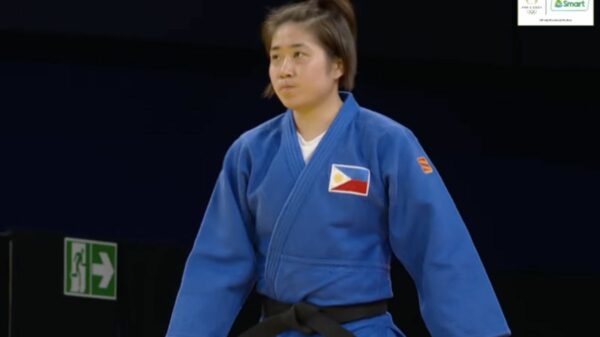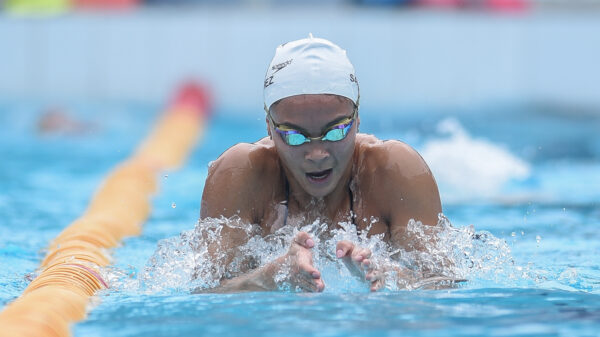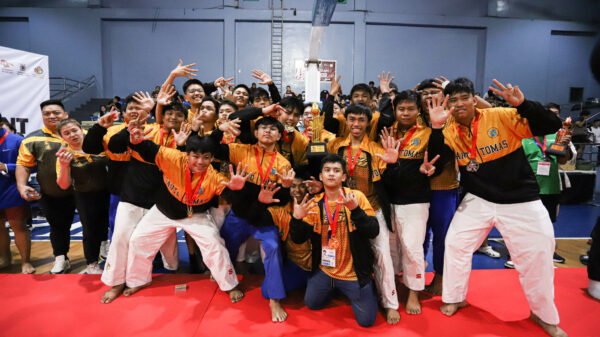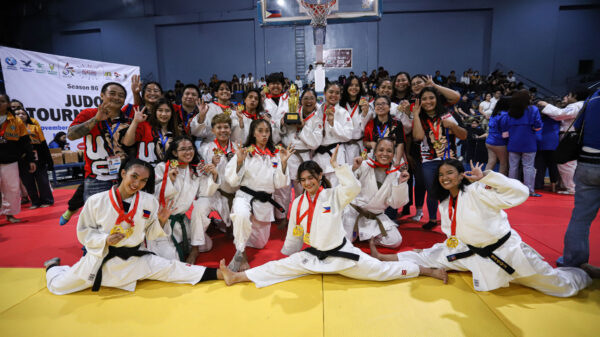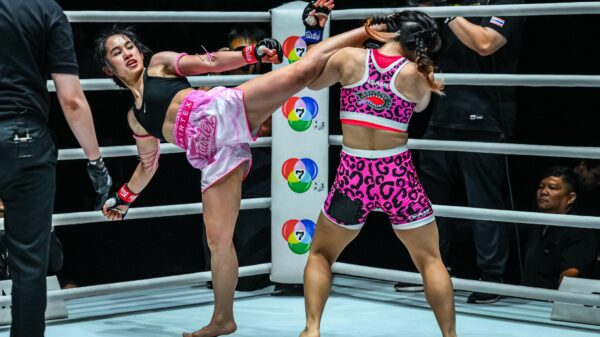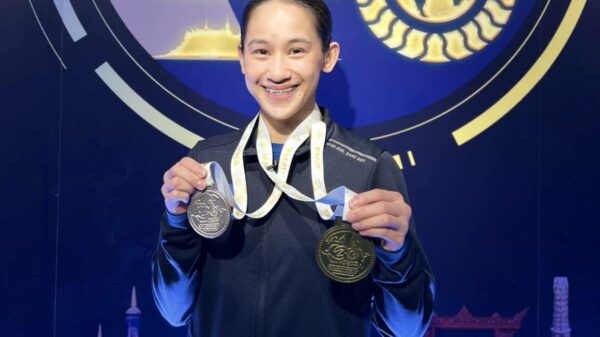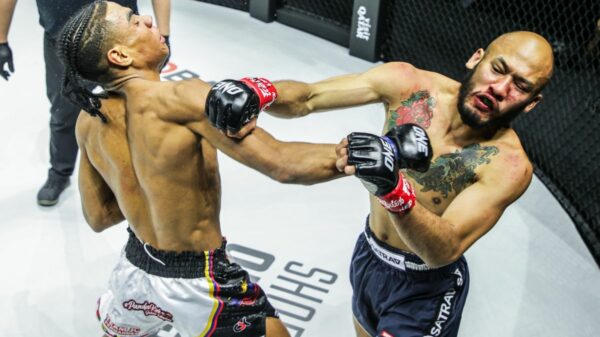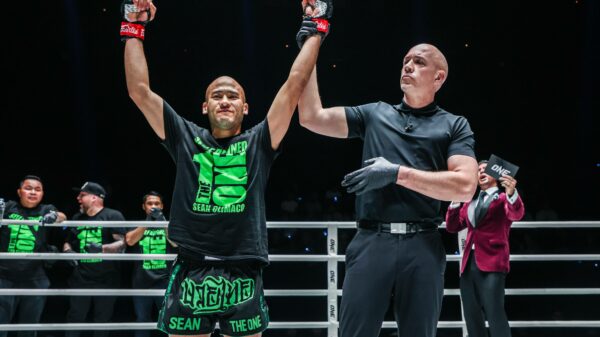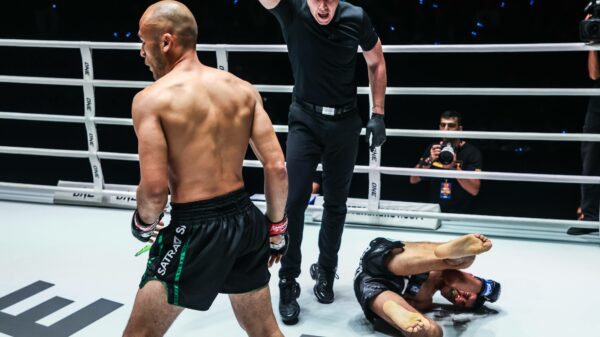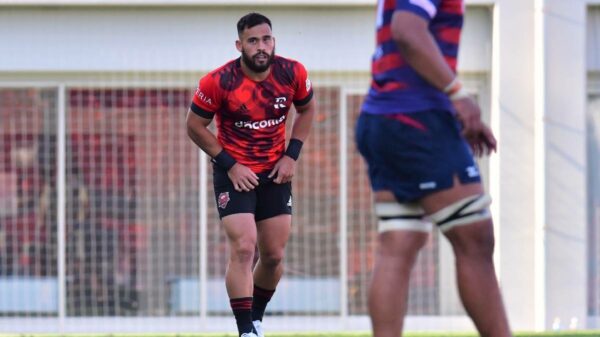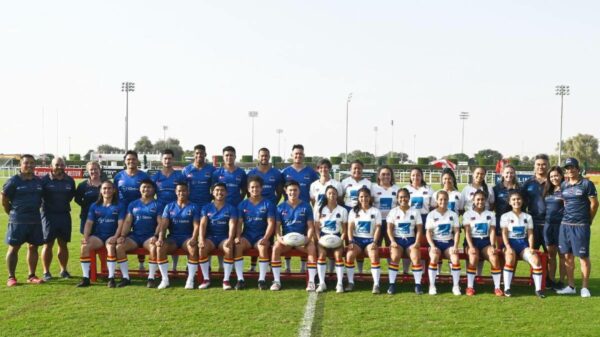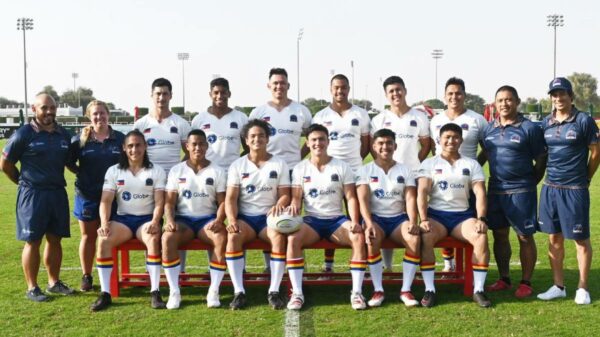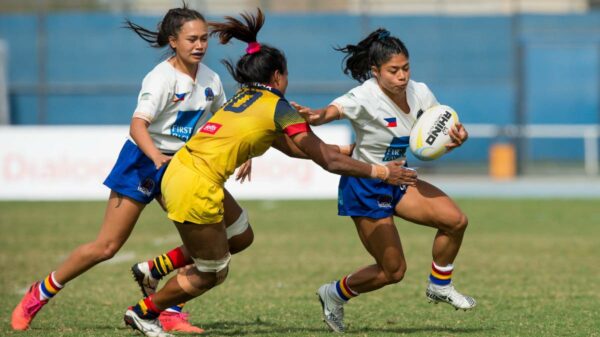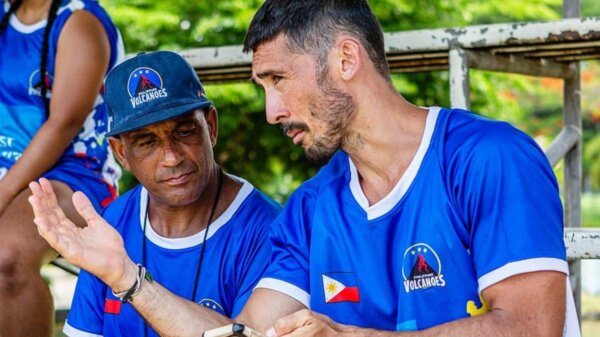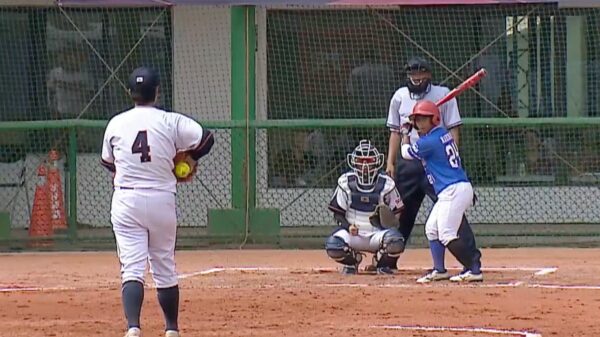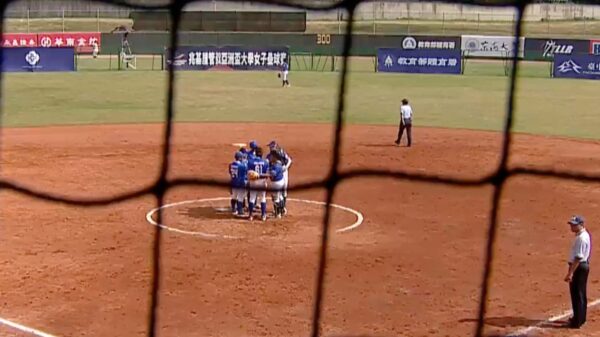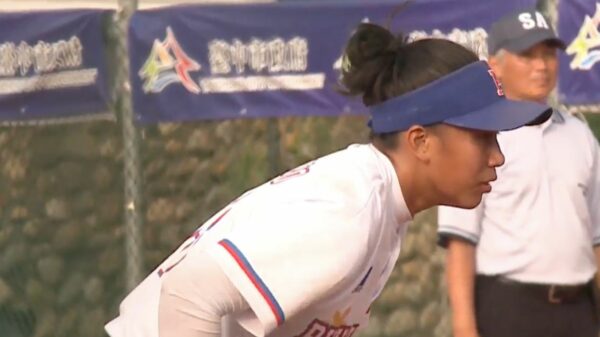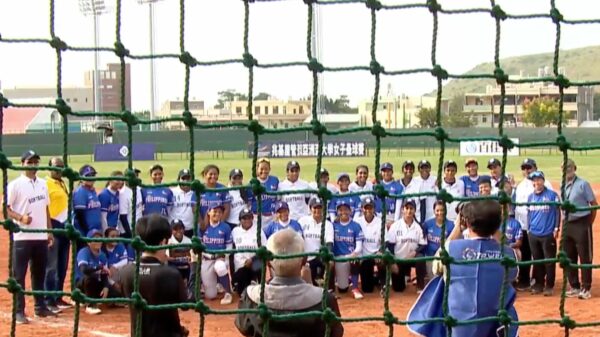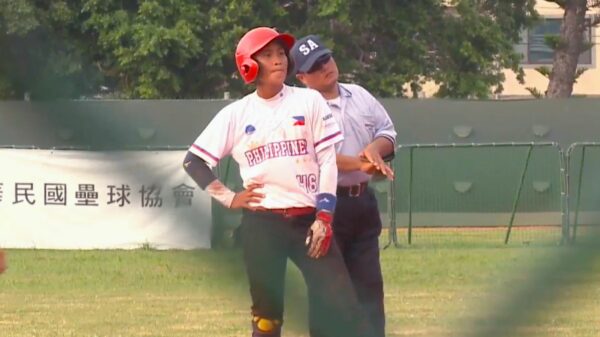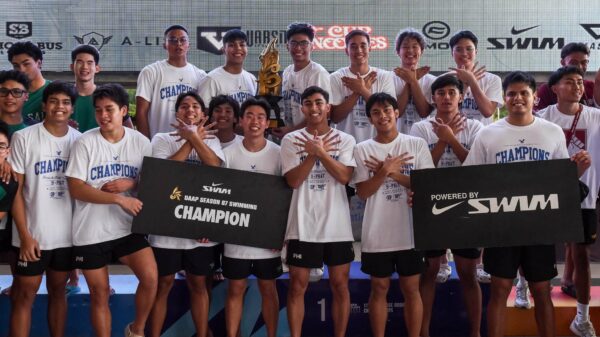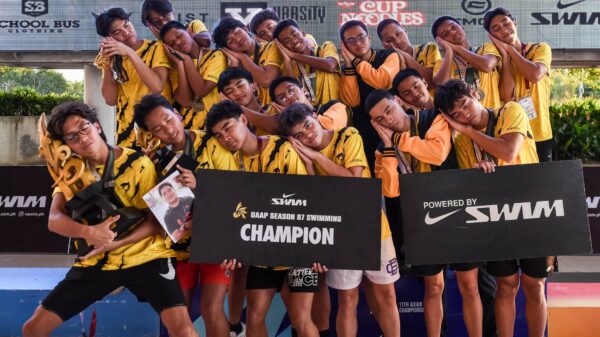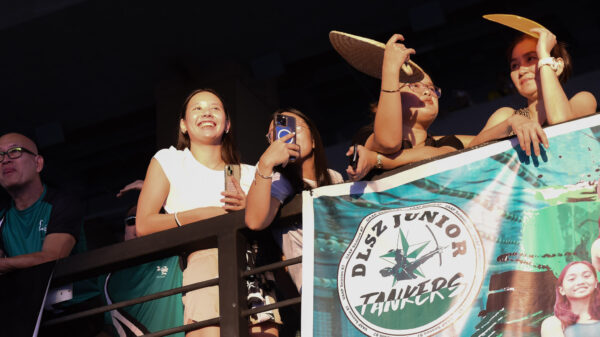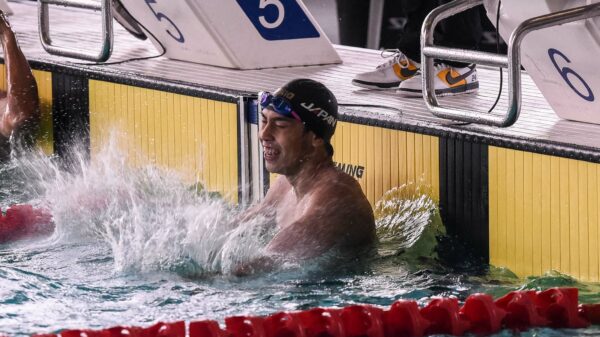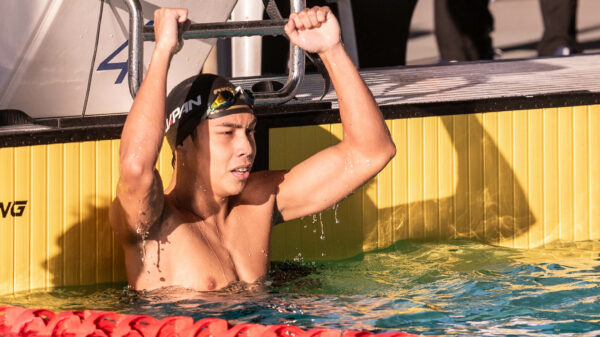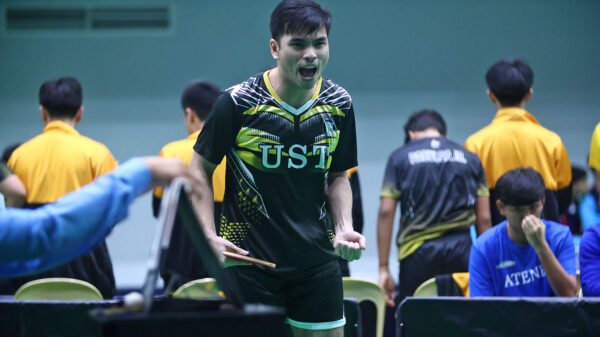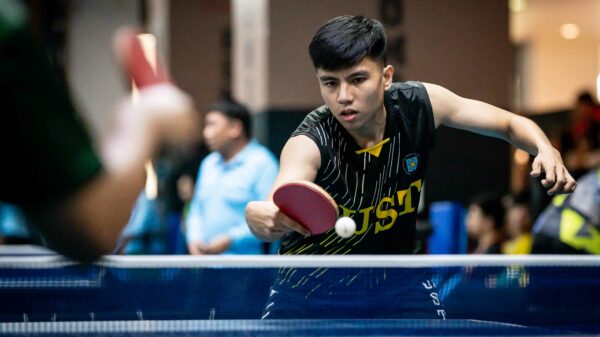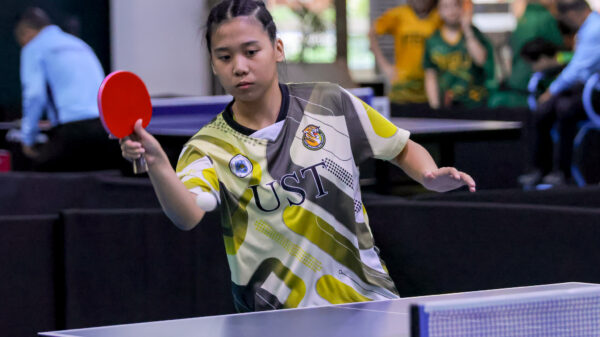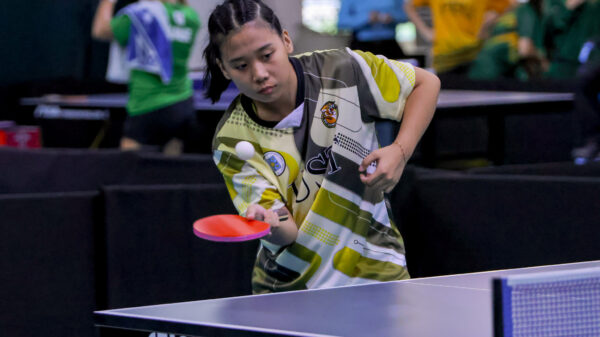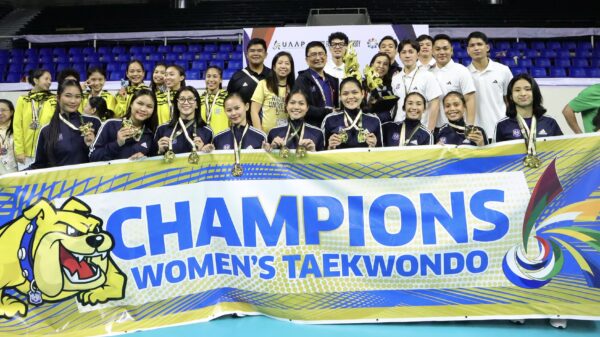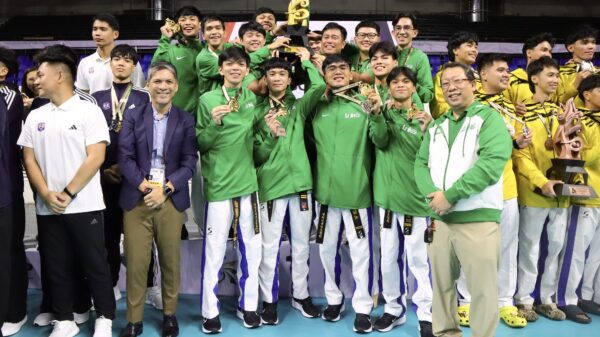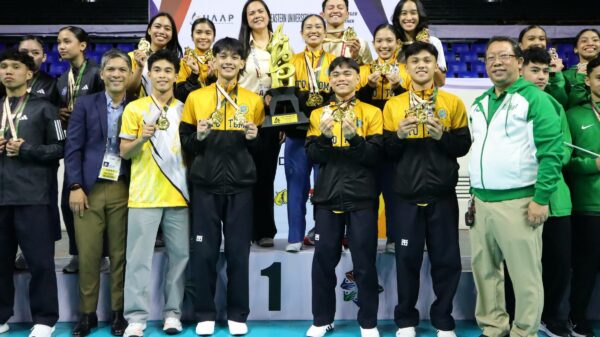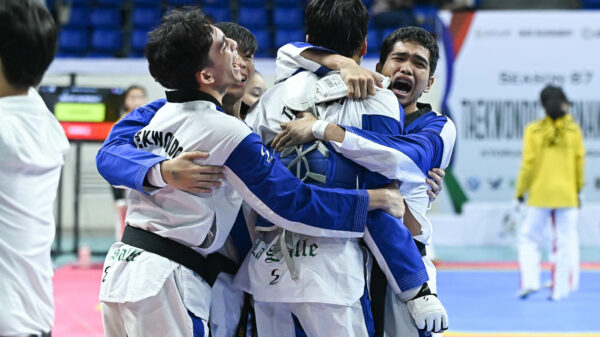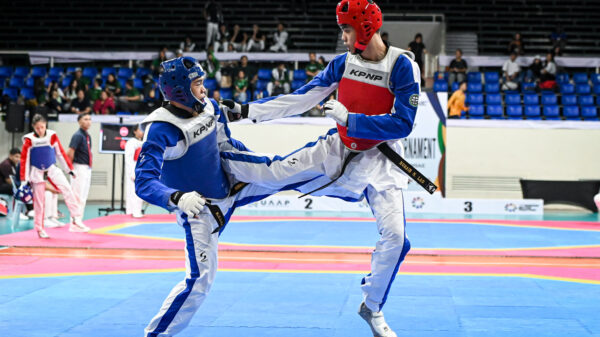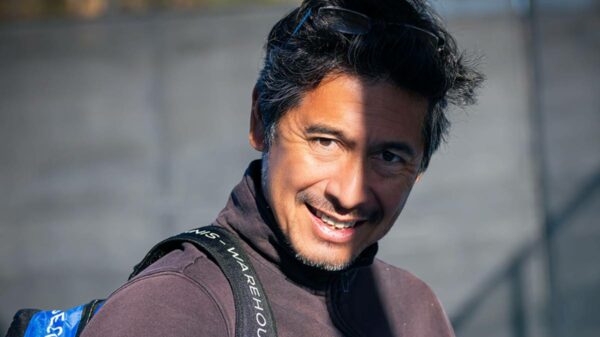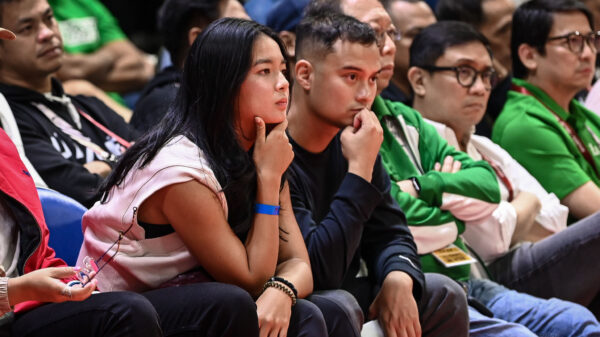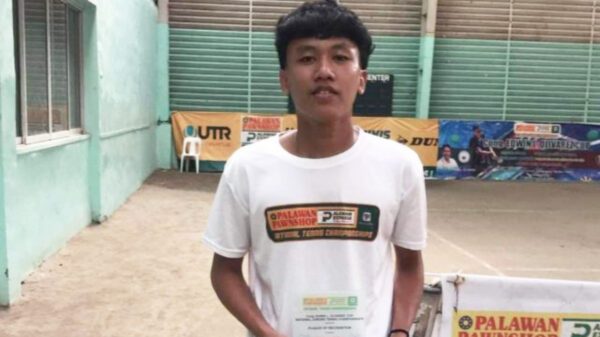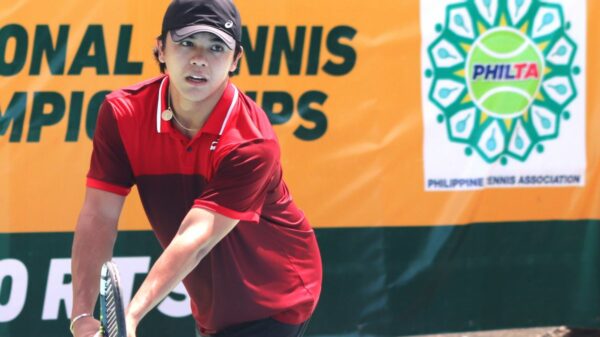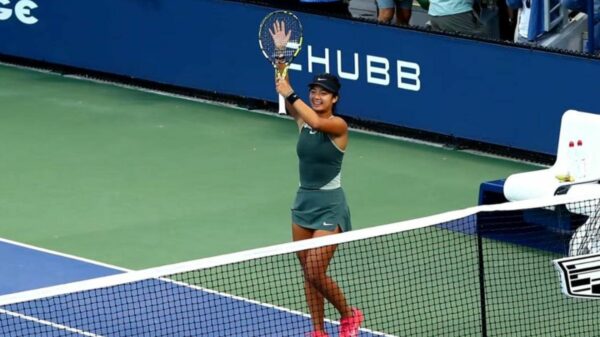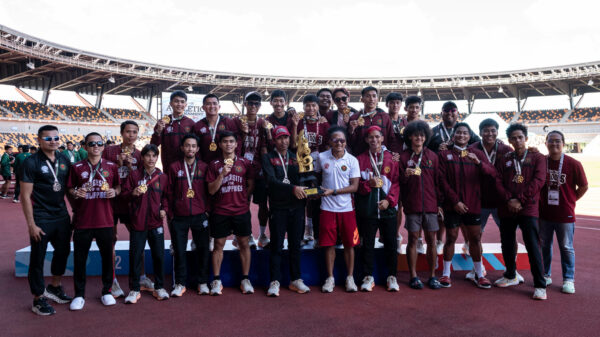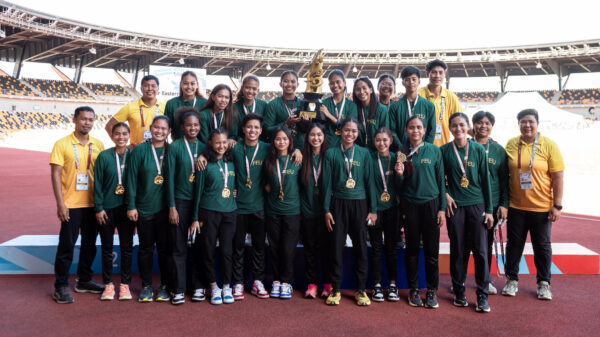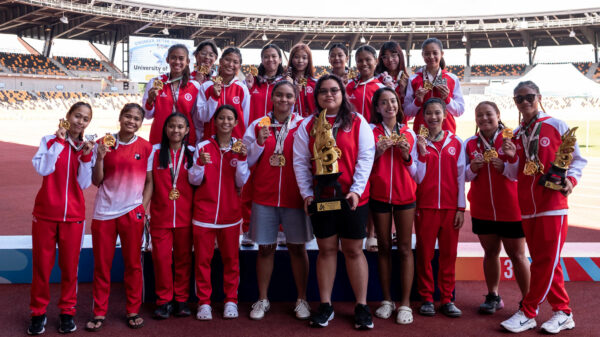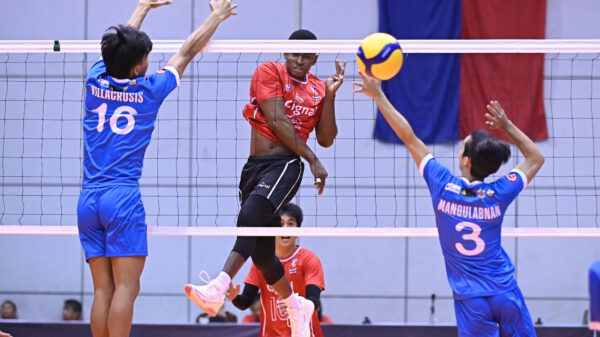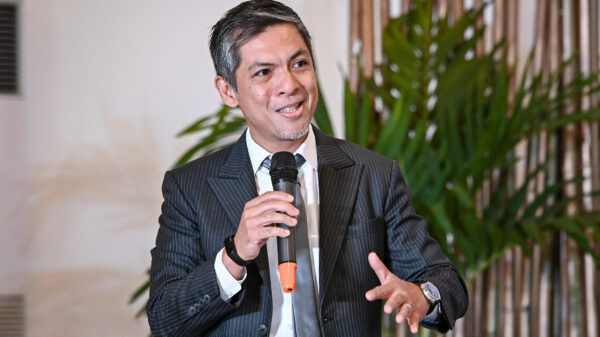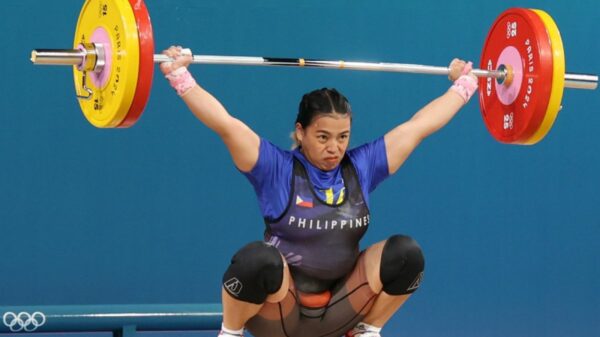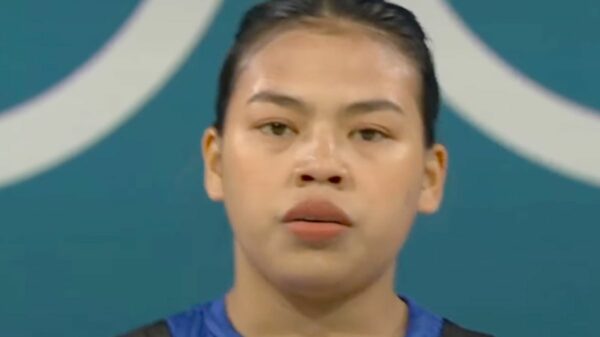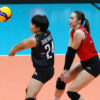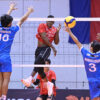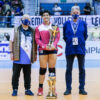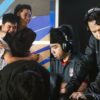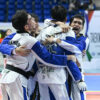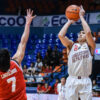Apart from the Azkals’ FIFA World Cup Qualifiers that took place from last week, there was another national team competing outside the country. The Philippine Men’s National Futsal Team flew to Bangkok as they joined the 2015 ASEAN Football Federation (AFF) Futsal Championship. Among them is Ateneo Men’s Football Team Captain and JP Voltes FC midfielder Michael Jeremy “Mikko” Mabanag.
Mabanag was joined by a talented pool of professional football players, including Green Archers United’s Floriano “Tating” Pasilan Jr., who represented the Philippines in the indoor, five-a-side tournament. He scored one of the Filipinos’ four goals in the tournament where they unfortunately finished at the bottom of Group B. He claimed his first international goal against Laos.
Not a stranger to the outdoor version, Mabanag helped the Ateneo Men’s Football Team clinch the UAAP Season 75 Football Tournament title. On the way, he also scooped the UAAP Best Midfielder award. He has had extensive exposure to football, having played the sport since grade school. So it not surprising that the Ateneo captain has admitted the indoor version, which is played with a smaller, more compact ball, in an environment resembling that of basketball, is something he hasn’t been very familiar with. The 10-nation tournament in Bangkok, which is scheduled to end today, was the first time Mabanag played a competitive futsal game. Prior to that, Mabanag confessed, “I’ve only played it during times when training is indoors.”
Asked about how he was able to join the squad, the crafty midfielder said he owes it to a coach he is acquainted with. He was called up for trials where he excelled and earned a spot in the team. “I think it’s every athlete’s dream to represent his country. Of course, it’s something special because I’ve made that dream somehow come true,” he went on to say about the most recent adventure.
More experienced in football than futsal, Mabanag acknowledged the difference of the beautiful game’s two variants. Apart from the difference in size and surface, the game also requires different skill sets to succeed. Possession and power are usually more important in football, while futsal often requires players to be more agile and accurate than they are on the football field.
Another thing that separates futsal from football is the difference in rules. Futsal is seen as the more fluid of the two, as it usually sharpens player’s ball touches and tight space management with the shortened amount of time and area. For example, there is no offside rule in futsal that inhibits attacking players from staying in the opponent’s half, although defense is a responsibility shared equally, just like in basketball. Hence, futsal produces an average score of around six goals per match, nearly triple that of in football.
In playing futsal, Mabanag used the sense of awareness he has developed from football to adapt quicker to futsal. “As a midfielder I gotta be fast with my decision-making. Since the game in futsal is fast, having that mentality of a midfielder helped,” he pointed out. Learning is, of course, a two way process and Mabanag believes futsal also plays a part in improving his football skills. “Close control touch will really excel because of futsal. That can also be very vital when you play on the pitch,” he attributed. Indeed, plenty of football’s greatest players, including superstars Cristiano Ronaldo and Lionel Messi, cite futsal as one of the major reasons they were able to showcase their refined display on the pitch.
The Filipinos may not have done well in the tournament, perhaps because of our neighbors’ advanced development in futsal. A testament to that are the Thais, whom according to Mabanag are full-time futsal players trained to play competitive futsal only. Meanwhile, the Filipino contingent was led by football players who are also able to play futsal. Looking at that scenario, players who are more accustomed to futsal are obviously more comfortable in the sport than those who aren’t as exposed as they are.
Despite futsal’s apparently low appeal in the Philippines, there is a growing number of people pushing for the sport’s development in the country. An increasing number of schools have futsal clubs and some even have it in their physical education curriculum. There are also several places across the country which cater to futsal enthusiasts. Perhaps the game is already been widely played. What may have been hindering the actual growth of futsal is the lack of organization amongst interested parties. As an individual, Mabanag plans to cultivate the sport’s growth by becoming an example of a passionately active advocate. “I guess I have to regularly start playing it first, I guess from there we can start a change by influencing people through the mere fact everyone is actually starting to play it,” he said.
Futsal is not yet as big as football in both the Philippines and the world, but perhaps it does not have to be, as it is a different game that many just happen to equate with football. Having played both, Mabanag reckons that it will only be some time before his countrymen embrace the indoor variant the way they did football. “It’s an exciting sport to play. It opened my eyes to new possibilities. I like the sport and I’m sure Filipinos will love it!,” he exclaimed.
** All photos provided by Mikko Mabanag

